14. A Werewolf Boy (Jo Sung-hee, 2012)
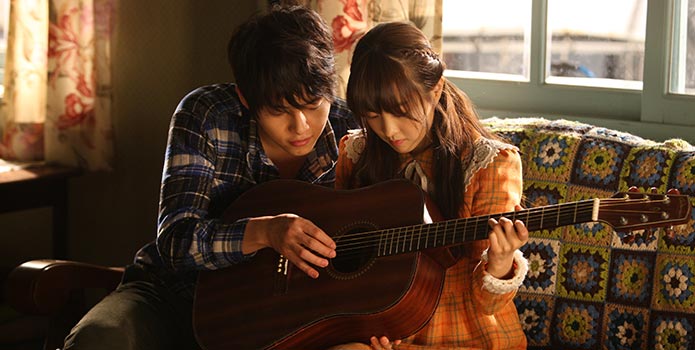
The story unfolds in 1965 when young Sun-yi moves to the country due to her health problems, along with her widowed mother and her little sister. One day, they come across a boy roaming around in their lot who cannot speak, read or write and in general, and functions more like an animal than a human. Assuming that he is one of the war orphans, they decide to take care of him.
Gradually, the members of the family start to get used to him, with Sun-yi, who has named him Chul-soo, being responsible for his training. As time passes, she even starts to have feelings for the boy. However, when an former associate of her father discovers the boy, things become more complicated, since he has his own plans for the girl.
Jo Sung-hee wrote and directed the film, with his biggest achievement being that he managed to retain a certain quality throughout the film’s duration, chiefly by avoiding the clichés of both melodrama and teenage romance. In that fashion, the movie is beautiful and touching instead of cute and tearful, as is so often the case with similar films. The original script obviously plays a large part in this accomplishment.
13. Castaway on the Moon (Lee Hae-jun, 2009)
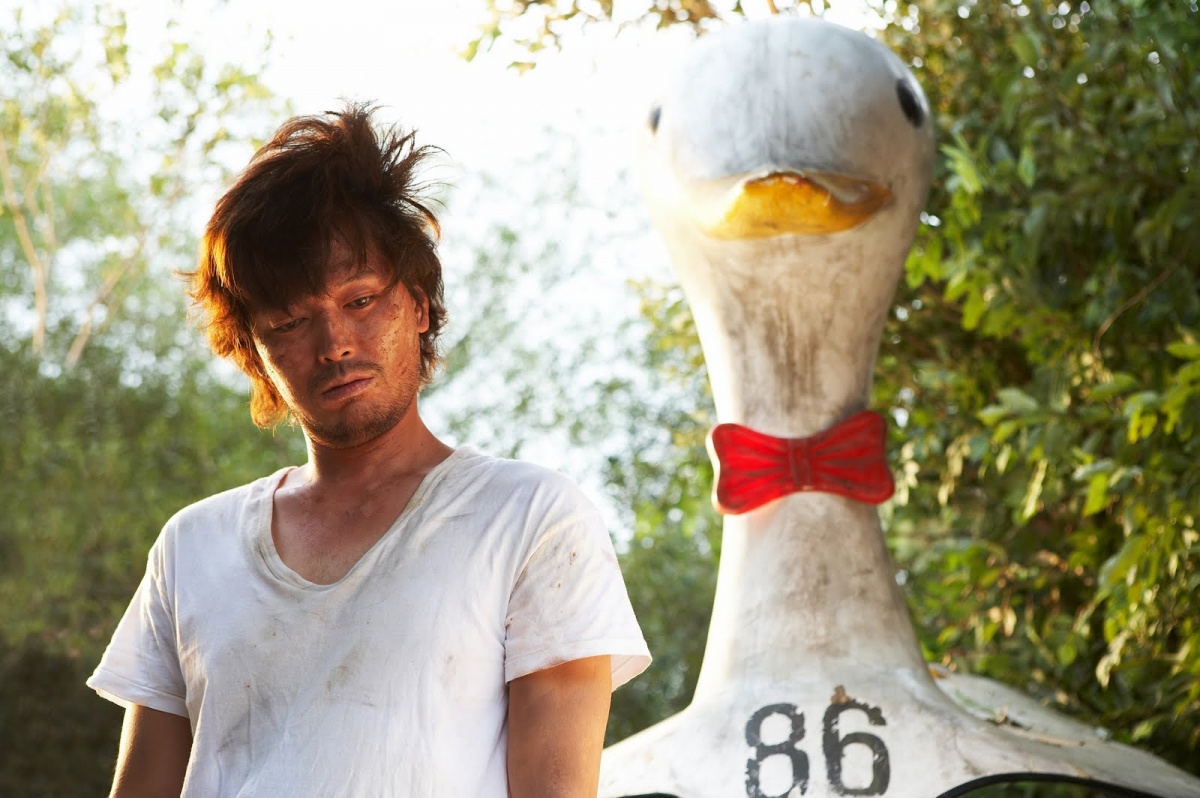
Seong-geun is a complete failure. His girlfriend has broken up with him, his social circle considers him useless and unreliable, and he has accumulated a large debt he is unable to pay. Disappointed by his life, he decides to commit suicide by jumping into the river Han. However, he manages to fail even at that, and he ends up on the small island of Bam, situated on the river, without being able to escape since he does not how to swim.
Jung-yeon has not left her room for three years, in a desperate effort to avoid any kind of interaction with other people. She spends her day cultivating her fake Internet identity and taking pictures of the moon every night.
During one of those nights, she spots the word HELP written on Bam island and spots the secluded Seong-geun.
Lee Hae-jun took the ordinary tale of the castaway on an island and enriched it with humor, romance and Asian fantasy, which, as usual, moves very close to surrealism. Through the extraordinary romance between two eccentric, desperate characters and the concept of the deserted island, he wants to show that many of the issues troubling modern society could be solved just by thinking “outside the box”.
12. The Beauty Inside (Baik, 2015)
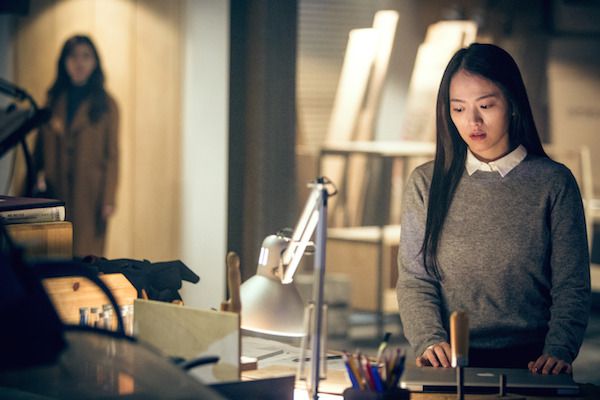
Based on the homonymous American film, “The Beauty Inside” tells the story of Woo-jin, a furniture designer who, since his 18th birthday, has woken up in a different body every day. Those bodies differ in age, sex and even nationality, thus resulting in Woo Jin’s frustration and subsequent solitude, having only one real friend who knows his secret, Sang Baek.
Eventually he meets a girl named Hong Eun-soo and falls in love with her. The film then takes a turn towards the melodramatic, particularly after he reveals his secret to the girl.
Baik directs a very entertaining romantic-fantasy comedy that draws heavily from the 21 actors that play the protagonist’s role, some of which are quite accomplished, like Kim Sang-ho, Lee Beom-soo and Park Shin-hye. Han hyo-joo, who plays Eun-soo is also great.
The film attempts to present the issues of sexual orientation and racism. However, Baik does not delve too much in the serious aspects of the film, choosing instead to maintain an easygoing feeling that permeates its whole duration.
11. A Moment to Remember (John H. Lee, 2004)
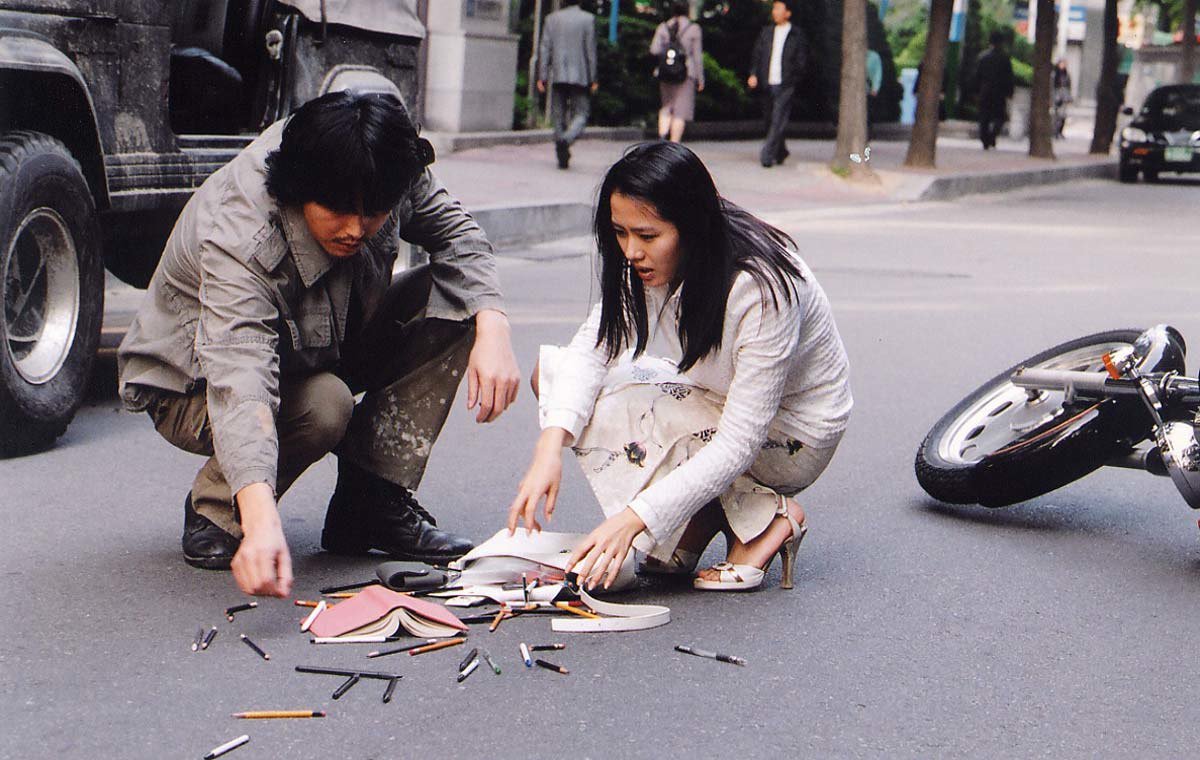
Based on the 2001 Japanese television drama “Pure Soul”, the film tells the story of a woman named Su-jin and a man named Chul-soo. The two of them meet accidentally and then re-meet when they stumble upon each other at a construction site, where Su-jin is accompanying her father and Chul-soo is practicing to become an architect.
The two of them fall in love immediately, and after awhile, they end up married. However, at one point, Su-jin is diagnosed with Alzheimer’s disease.
John H. Lee directs a film that is split in three parts, with each one actually falling under a different genre. The first part is romantic with the usual theme of girl meets boy, they court, they fall in love and eventually get married. The second part, where the disease shows its first signs, is kind of comedic, with the Alzheimer’s symptoms presented in a funny way along with Su-jin’s other traits, who is already a bit absent-minded and dreamy. The third part is quite melodramatic, as the disease takes a turn for the worse.
However, in the end, “A Moment to Remember” is a very sad and tender film about love and faithfulness.
10. Always (Song Il-gon, 2011)
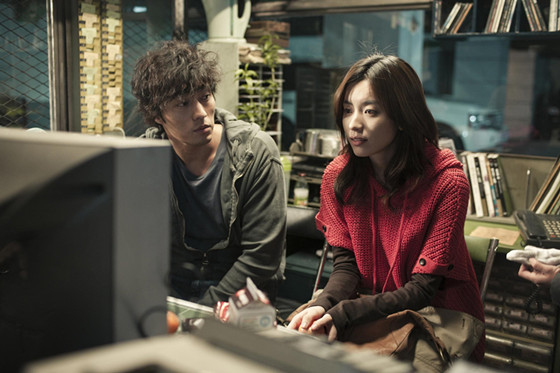
Cheol-min is an ex-boxer who used to work as a “collector”, and having withdrawn from organized crime, he’s currently working as a night attendant for a parking lot. One night, a blind girl named Jeong-hwa enters his booth, as she used to sit with the previous attendant and listen to TV dramas. The two of them get along from the beginning and eventually form a romantic relationship.
However, a dark secret from Cheol-min’s past resurfaces, forcing him to associate himself with crime once more, this time for her sake. Because of this, their relationship seems doomed.
Song Il-gon directs a film that balances romance, drama and action, although he obviously focuses more on the first two. The relationship between the two protagonists is very interesting, with the added element of the girl’s blindness separating the film from many of the “lady and the tramp” films that are produced in the country. Additionally, the violent scenes are very well shot and the final one is utterly impressive, in another tactic that makes the film stand apart.
9. Salut D’amour (Kang Je-gyu, 2015)
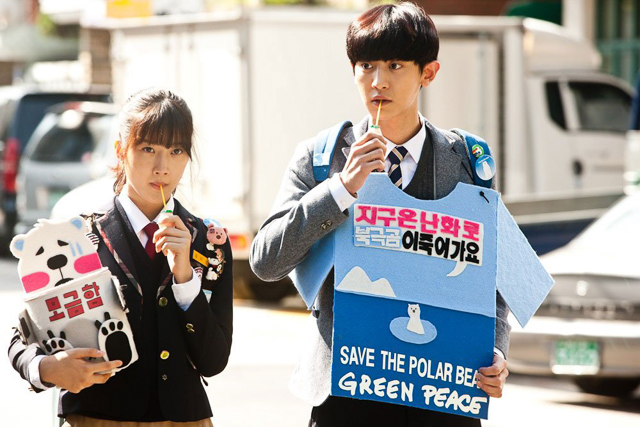
Sung-chil is an extremely grumpy old man who lives alone and works at a supermarket. His boss, Jang-soo, who is also the director of a project regarding the district’s redevelopment, is constantly trying to persuade him to sign a deal that will let the contractor demolish old houses in order to rebuild. Sung-chil, however, continuously refuses.
Eventually, he meets his new neighbor named Geum-nim, who owns a flower shop, and a romantic relationship begins, with the entire neighborhood watching, encouraging and occasionally offering advice to the inexperienced Sung-chil. However, something seems amiss.
Kang Je-gyu directs a film that initially seems to focus on the romance of the two elderly people, but as it progresses, its melodramatic aspects also become evident. In that fashion, the permeating humor of the first half of the film soon gives its place to a number of heartbreaking moments, still retaining its artfulness.
Two scenes particularly stand out due to their hilarious nature: the fight between Jang-soo’s sultry girlfriend and a bunch of girl-bullies, which includes some preposterous kung-fu moves, and the fight between Sung-chil and a bus driver that ends up in a belly-pushing contest.
8. My Sassy Girl (Kwak Jae-yong, 2001)
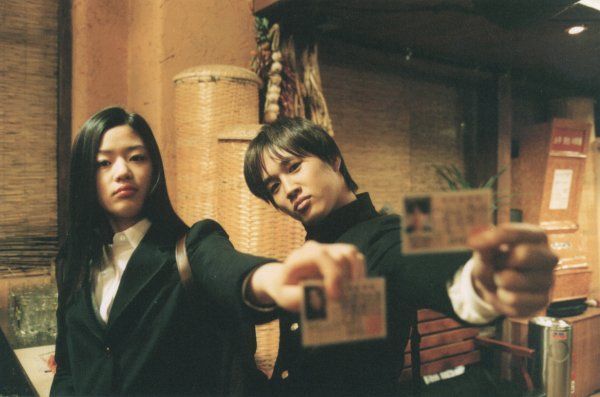
The film is based on a series of true stories posted by Kim Ho-sik on the Internet, which were later transformed into a best-selling book and into this particular movie that broke all blockbuster records upon its release, and eventually became a sensation throughout Southeast Asia.
The script tells the story of Gyen-woo, a regular college student who meets a drunken girl on the subway, who changes his life forever. Gyen-woo eventually finds himself in a relationship he never imagined occurring, although he soon starts to have feelings for the girl.
Kwak Jae-yong used the archetypical notion of a regular guy finding himself in extreme situations, and through that, he created a film that includes romance, comedy and melodrama.
Although Cha Tae-hyun portrays a very likeable character as Gyen-woo, the one who steals the show is Jun Ji-hyun as The Girl, who plays her role with all the sassiness demanded, while managing not to appear as a caricature.